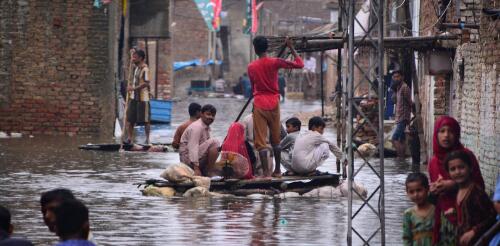COP27
Heat waves, droughts and extreme weather are endangering people and ecosystems somewhere in the world almost every day. These extremes are exacerbated by climate change, driven primarily by increasing emissions of greenhouse gases that build up in the atmosphere and trap heat at the Earth’s surface. With that in mind, researchers are exploring ways to pull carbon dioxide out of the atmosphere and lock it away – including using the ocean. But while these techniques might work, they raise serious technical, social and ethical questions, many of which have no clear answers yet. We study climate change policy, sustainability and environmental justice. Before people start experimenting with the health of the ocean, there are several key questions to consider. Ocean carbon dioxide removal 101 The ocean covers about 70% of the planet, and it naturally takes up carbon dioxide. In fact, about a quarter of human-produced carbon dioxide ends up in the ocean. Ocean carbon di...
You may be hearing the phrase “loss and damage” in the coming weeks as government leaders meet in Egypt for the 2022 U.N. Climate Change Conference. It refers to the costs, both economic and physical, that developing countries are facing from climate change impacts. Many of the world’s most climate-vulnerable countries have done little to cause climate change, yet they are experiencing extreme heat waves, floods and other climate-related disasters. They want wealthier nations – historically the biggest sources of greenhouse gas emissions – to pay for the harm. A powerful example is Pakistan, where extreme rainfall on the heels of a glacier-melting heat wave flooded nearly one-third of the country in the summer of 2022. The flooding turned Pakistan’s farm fields into miles-wide lakes that stranded communities for weeks. More than 1,700 people died, millions lost their homes and livelihoods, and more than 4 million acres of crops and orchards,...

